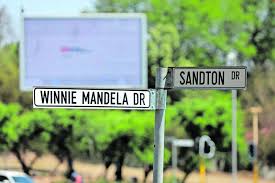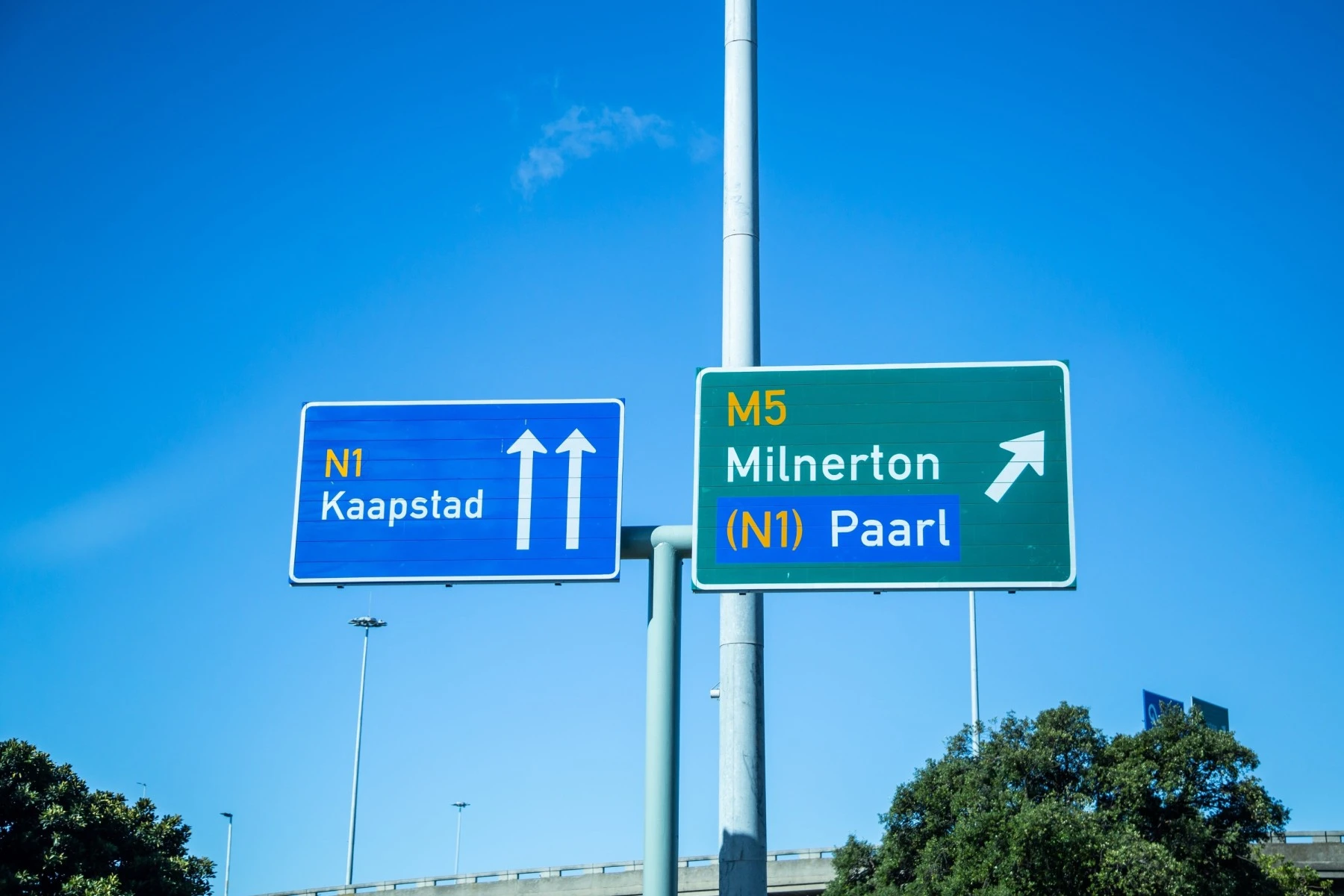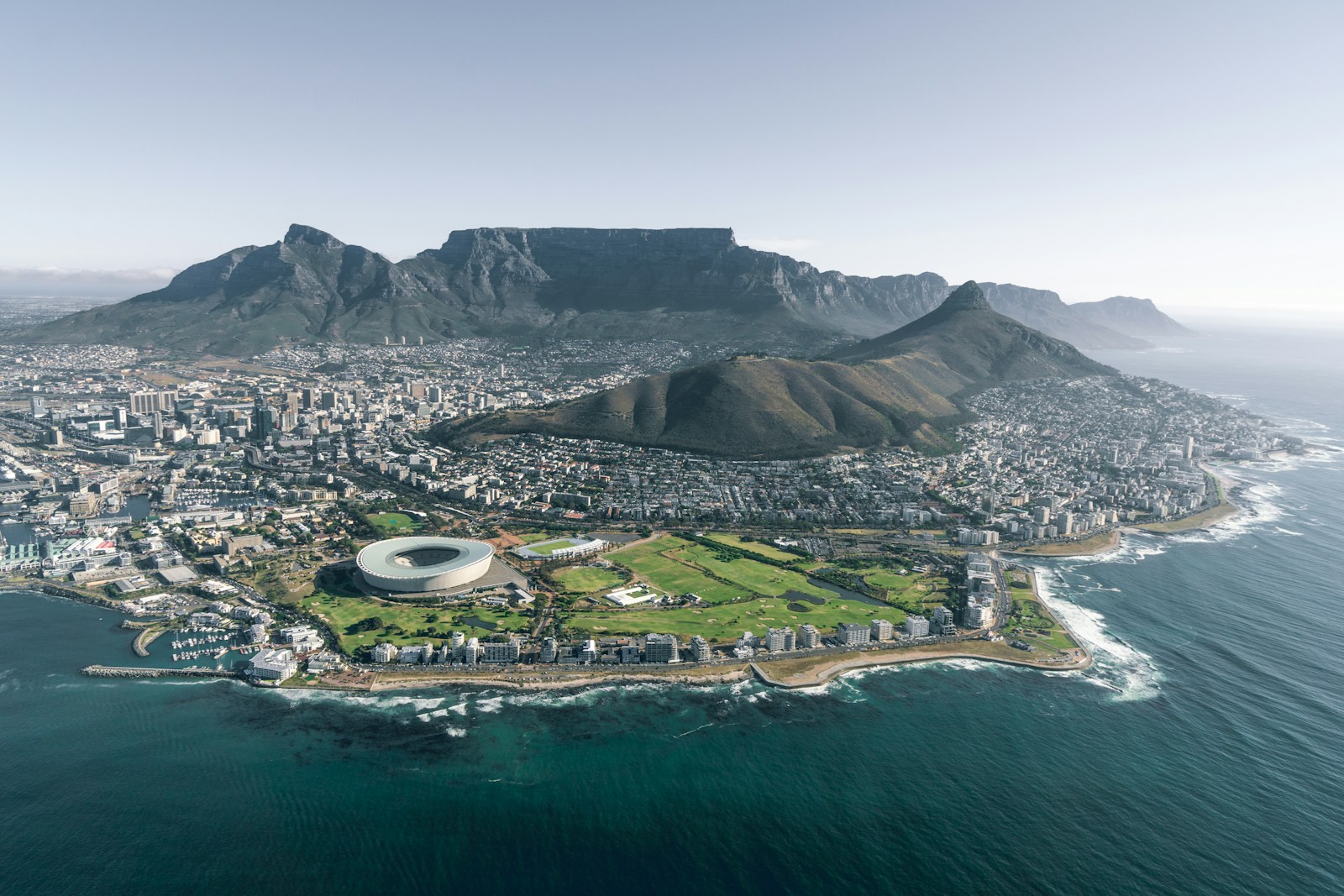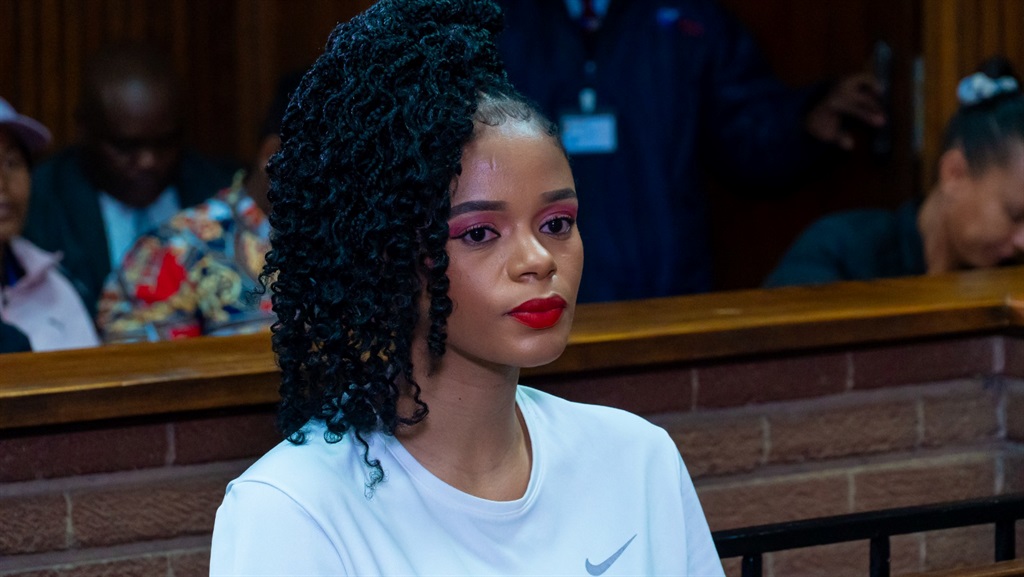
Introduction
Since South Africa’s transition to democracy in 1994, the renaming of towns and cities has been a key part of the nation’s broader efforts to reclaim indigenous identity and dismantle colonial legacies. Below are seven towns whose renaming reflects the profound cultural, historical, and political motivations behind this symbolic transformation.
For more: https://africatrademonitor.com/
1. Pretoria → Tshwane (2005)
Old name origin: Named after Voortrekker leader Andries Pretorius, associated with colonial-era military campaigns.
New name meaning: “Tshwane” is believed to be derived from a local chief or a precolonial name for the Apies River area.
Why the change: To shift away from colonial symbolism and acknowledge the indigenous heritage of the region. Although the municipality is officially the City of Tshwane, the central city is still formally called Pretoria, and the name remains politically contested Reddit+3SA People+3Reddit+3Espiritu Santo.
2. Port Elizabeth → Gqeberha (2021)
Old name origin: Established by British settlers in 1820, named for the wife of the then Acting Governor.
New name meaning: “Gqeberha” is the Xhosa name for the Baakens River flowing through the city.
Why the change: Renaming replaced a colonial name with a traditional Xhosa name, restoring dignity and cultural representation to indigenous communities SA PeopleBBC.
3. Uitenhage → Kariega (2021)
Old name origin: Named in 1804 by Dutch colonial Governor Jacob Uitenhage de Mist.
New name meaning: Derived from the local Kariega River and rooted in local Xhosa usage.
Why the change: Reflects a move to emphasise African identity and dislodge colonial naming conventions SA People.
4. King William’s Town → Qonce (2021)
Old name origin: Named after King William IV of Britain during the colonial era.
New name meaning: “Qonce” is the traditional Xhosa name for both the town and the river that runs through it.
Why the change: A step toward erasing overt colonial symbols and reviving indigenous heritage and language SA People.
5. Grahamstown → Makhanda (2018)
Old name origin: Named after Colonel John Graham, known for violent campaigns against Xhosa communities in the early 1800s.
New name meaning: Honors Makhanda ka Nxele, a Xhosa warrior, prophet and resistance leader who led an attack against colonial forces in 1819.
Why the change: To shift recognition from colonisers to African resistance heroes; the name was officially gazetted on 29 June 2018 SA PeopleWikipedia.
6. Verwoerdburg → Centurion (1994)
Old name origin: Named after Hendrik Verwoerd, known as the “architect of apartheid.”
New name meaning: “Centurion” was preexisting from a local cricket stadium and chosen for political neutrality.
Why the change: Immediately after apartheid’s end, the name Verwoerd was unacceptable; Centurion offered a fresh start devoid of political baggage SA PeopleWikipedia.
7. Nelspruit → Mbombela (2009)
Old name origin: Named after the Nel family, early Afrikaner settlers in the region.
New name meaning: “Mbombela” in Siswati means “a lot of people in a small space.”
Why the change: To better represent the dominant local language and culture, and displace colonial settler memory SA People.
Broader Trends Behind the Name Changes
These seven renaming examples are not isolated events, but part of a comprehensive national rebranding effort orchestrated by the South African Geographical Names Council (SAGNC). Established under the South African Geographical Names Act of 1998, the SAGNC leads the transformation of the country’s place‑naming landscape with a dual mandate: standardising geographical names and actively dismantling colonial and apartheid-era legacies inherent in public toponymy Reddit+3BusinessTech+3Reddit+3Wikipedia+9Government of South Africa+9BusinessTech+9.
As of mid‑2024 (and reconfirmed in 2025 reports), the SAGNC had formally approved name changes for over 1,500 geographic features—spanning towns, villages, rivers, mountains, airports, and streets—with approximately 85 towns and municipal districts officially renamed BusinessTech. These changes have been especially concentrated in provinces like KwaZulu‑Natal, Limpopo, and the Eastern Cape, where the pace and scale of renaming have been most pronounced Government of South Africa+1BusinessTech+1.
Why the Renaming? Three Core Motivations
The motivations behind these widespread changes generally fall into three overlapping policy pillars, as described in both official sources and commentary from cultural scholars:
- Removing names glorifying colonial or apartheid-era figures: Many place names—like Pretoria, Verwoerdburg (Centurion), Grahamstown—honored architects of dispossession and segregation, such as Andries Pretorius or Hendrik Verwoerd. Changing these names is seen as a vital move toward reckoning with historical injustices IOL+15The Mail & Guardian+15SA People+15.
- Restoring traditional indigenous names or spellings: Renaming often corrects anglicised or Afrikaans‐distorted versions of African place names—such as eMdloti (from Umdloti) or eManzimtoti (from Amanzimtoti) in KwaZulu‑Natal—or revives Xhosa/Zulu names previously overwritten The Mail & Guardian+4IOL+4Wikipedia+4.
- Honouring anti-colonial or indigenous heroes: Replacing colonial names with those of African resistance figures, such as Makhanda, Solomon Linda, Winnie Mandela, or even proposed Robert Mangaliso Sobukwe, reframes the narrative and restores voices long excluded from public memory IOL+4IOL+4Reddit+4.
Regional Dynamics: Where Change Is Most Active
Geographical renaming activity has been particularly vigorous in KwaZulu‑Natal, Limpopo, and the Eastern Cape provinces. In these areas, the SAGNC and Provincial Geographical Names Committees have gazetted dozens of changes since 2019, with common examples including Pomeroy → Solomon Linda, Somerset East → KwaNojoli, Fort Beaufort → KwaMaqoma, and Lady Frere → Cacadu Government of South Africa+7IOL+7IOL+7.
As of early 2024, the Eastern Cape had already seen more than 103 geographic renamings listed since 2019 alone—a telling sign of accelerated renaming in that region RedditIOL.
Process & Impact: Governance and Resistance
These renamings follow a formal procedure involving proposals from local governments, public consultations, Provincial Geographic Names Committees, and final gazetting by the Minister of Arts and Culture. However, implementation often faces delays, cost concerns, legal challenges, and vocal community resistance The Mail & GuardianBusinessTechThe Conversation.
For instance, the proposed renaming of Graaff‑Reinet to Robert Mangaliso Sobukwe met fierce opposition. A 2023 survey found that 83.6% of residents opposed the change, citing attachment to the existing name, tourism branding, and economic identity concerns. One respondent’s metaphor summed up many views: “If you name a child and then change the name it is someone else” BusinessTech+2The Conversation+2Reddit+2. This reveals how strongly names become embedded in local identity and collective memory.
Similarly, Port Elizabeth’s renaming to Gqeberha sparked controversy. Though the Xhosa name honors the Baakens River, many non‑Xhosa speakers continue to use “Port Elizabeth” because of difficulty with the click consonant pronunciation and lingering colonial-era affinity. One Reddit comment put it bluntly:
“It might be the name at airports and on Google Maps, but no one will call it that” The ConversationWikipedia+2Reddit+2Cape Town Today+2.
Critics elsewhere have pointed to the financial and political costs of renaming signage, maps, digital systems, and branding—even suggesting renaming initiatives are being pushed as symbolic political gestures rather than addressing urgent socioeconomic needs like healthcare or education. A widely quoted Reddit voice summarised:
“What do you think is a tender for a name change worth? … I bet it’s a few hundred thousand… maybe a few million” Reddit.
Decolonising the Map: Cultural Significance
According to cultural commentators and academics, renaming geographical places is far from superficial. It is an act of symbolic reclamation and reparative justice—a visible rewriting of a national story long dominated by colonial narratives. As scholar Denver Webb argues: colonial place names are daily reminders of old power relations, and changing them is a first step toward deeper transformation in society The Mail & Guardian+1The Herald+1. Similarly, Awethu Fatyela describes renaming as “acts of reparations and visual redress” within a broader decolonial project that valorises indigenous language and memory The Herald.
Overview: Thematic Categories at a Glance
| Motivation | Examples / Commentary |
| Erase colonial/apartheid symbols | Pretoria → Tshwane; Verwoerdburg → Centurion; Grahamstown → Makhanda |
| Restore indigenous names/spelling | eMdloti (Umdloti), eManzimtoti (Amanzimtoti), KwaMaqoma (Fort Beaufort), Cacadu (Lady Frere) |
| Celebrate African heroes | Solomon Linda (Pomeroy), Winnie Mandela (Brandfort), proposed Robert Sobukwe (Graaff‑Reinet) |
These changing place names are more than labels—they carry stories, languages, values, and versions of history that had previously been marginalised or erased from public consciousness.
Looking Forward
The renaming initiative is ongoing. BusinessTech reports that, as of 2024, there were 66 pending applications for new names across towns, rivers, and other geographic features—indicative of future momentum Reddit+8SA People+8The Mail & Guardian+8Wikipedia+2The Herald+2Wikipedia+2Wikipedia+6IOL+6IOL+6Wikipedia+7BusinessTech+7The Conversation+7. The Minister of Sport, Arts and Culture, Gayton McKenzie, has reaffirmed the commitment to extensive public consultative processes and educational campaigns to ensure inclusivity and awareness, reinforcing that renaming must be grounded in democratic participation rather than top-down imposition Cape Town Today+2BusinessTech+2The Conversation+2.
While some argue the country’s priorities lie elsewhere, for many South Africans these toponymic changes represent a necessary reclaiming of identity, language, and history. Whether greeted with pride or skepticism, geographic renaming is now firmly part of South Africa’s symbolic and cultural landscape—a process that continues to evolve as the nation defines how it speaks of itself.
Challenges and Controversies
Renaming places is not without debate. Many residents continue to use colonial-era names long after official changes, driven by habit or opposition. For example, locals still refer to Mashishing as “Lydenburg,” and many residents of Tshwane still call the city Pretoria IOL+3Taipei Times+3The Mail & Guardian+3.
Furthermore, proposals like Graaff‑Reinet’s potential change to Robert Mangaliso Sobukwe have prompted resistance. A 2023 study found that 83.6% of residents opposed the change, citing concerns over identity, tourism branding, and financial priorities Reddit+2The Conversation+2BusinessTech+2.
Conclusion
Place names are powerful symbols of identity and memory. South Africa’s nationwide name‑change initiatives reflect a bold strategy to redefine national heritage—moving from colonial nomenclature toward indigenous languages, acknowledging anti-colonial figures, and reasserting cultural dignity. While the process is complex and sometimes divisive, for many South Africans these transformations represent essential recognition of ownership and belonging in the post-apartheid era.
External Links for Further Reading
- SA People: Name Changes in SA: 7 Towns Renamed and the Reasons Behind It SA People+1Espiritu Santo+1
- BBC News: Port Elizabeth becomes Gqeberha BBC+1Reddit+1
- BusinessTech: All the big name changes for South African towns in 2024 BBC+15BusinessTech+15Reddit+15
- ThoughtCo: South Africa: Changes in Town and Geographical Names overview ThoughtCo+1Espiritu Santo+1
- News24: Residents Stick to ‘Old’ City Names News24+1Wikipedia+1
- Wikipedia: Makhanda (formerly Grahamstown) ThoughtCo+3Wikipedia+3SA People+3
The post by:
https://www.thesouthafrican.com




